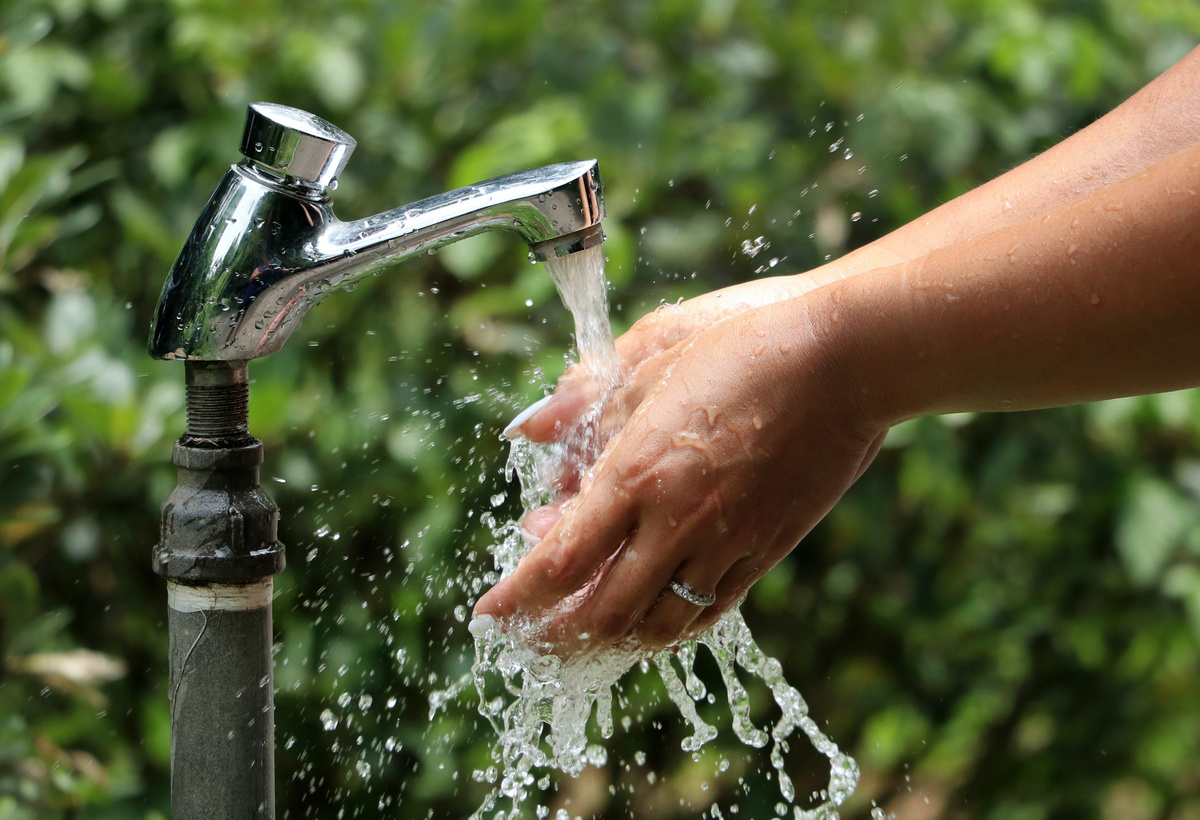
Background
Chitosan has extensively used polysaccharide derived from deacetilization of chitin, which is the second most abundant biopolymer. Presence of primary amine, primary hydroxyl as well as secondary hydroxyl groups make chitosan very amenable to further fictionalization and modification; consequently, chitosan has been modified in numerous ways which can be broadly classified in physical, chemical and enzymatic modification categories. Owing to extensive application of chitosan in the fields of biomedical, agriculture, water & waste treatment, food & beverages, cosmetics & toiletries and biopharmaceutics there is constant effort to develop new derivatives of chitosan.
Technology
This invention is an electrochemical modification of chitosan to synthesize a novel polymer. The polymer synthesized is a chloride form of chitosan, involving an electrochemical process to substitute one or both of hydroxyl group with chlorine. The new molecule is expected to retain its natural biocompatibility and has been found to retain hydrating properties. Substitution of hydroxyl by chlorine is expected to enhance metal chelation and binding properties of chitosan and thus is expected to perform better than the original molecule in applications including environmental applications, water filtration etc.
Advantages
Easy to scale up - Environmentally friendly by limiting the use of toxic oxidizing and reducing agent - Easy control over process parameters and hence chemistry - Can be deposited as thin films or patterned structures
Application
Synthesizing the polymer chloride
Inventors
Gary Halada, Professor, Materials Science and Engineering
Prashant Jha, Research Assistant, Material Sciences and Engineering
Licensing Potential
Licensing
Licensing Status
Exclusive license - all fields
Licensing Contact
Donna Tumminello, Assistant Director, Intellectual Property Partners, donna.tumminello@stonybrook.edu, 6316324163
Patent Status
Patented
Prototype is available for testing. PCT Publication No. WO 2013-116619
Tech Id
8376
